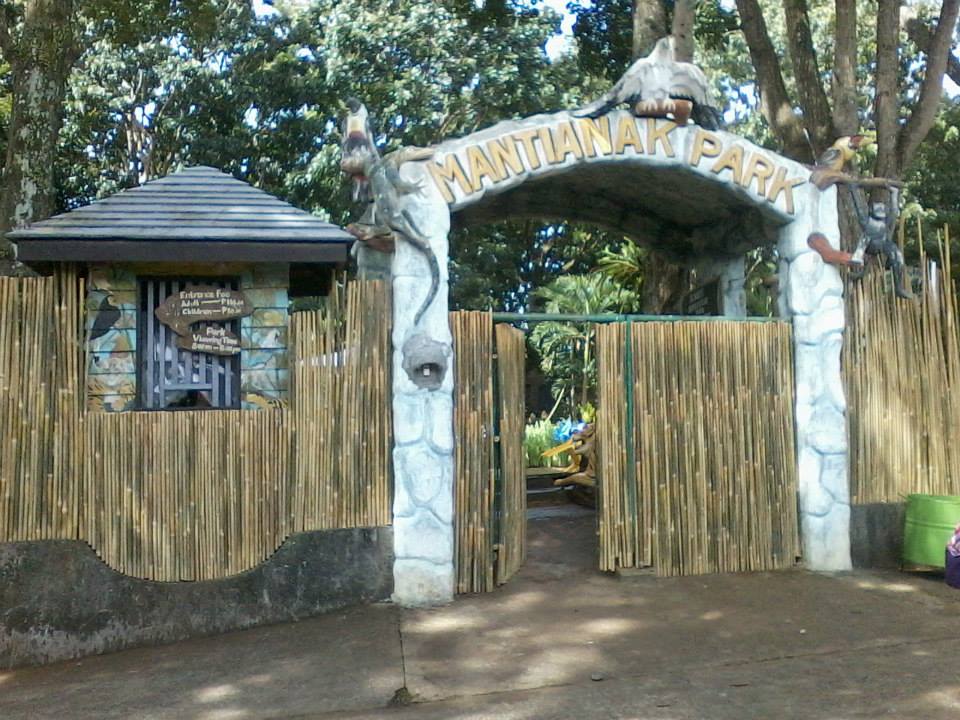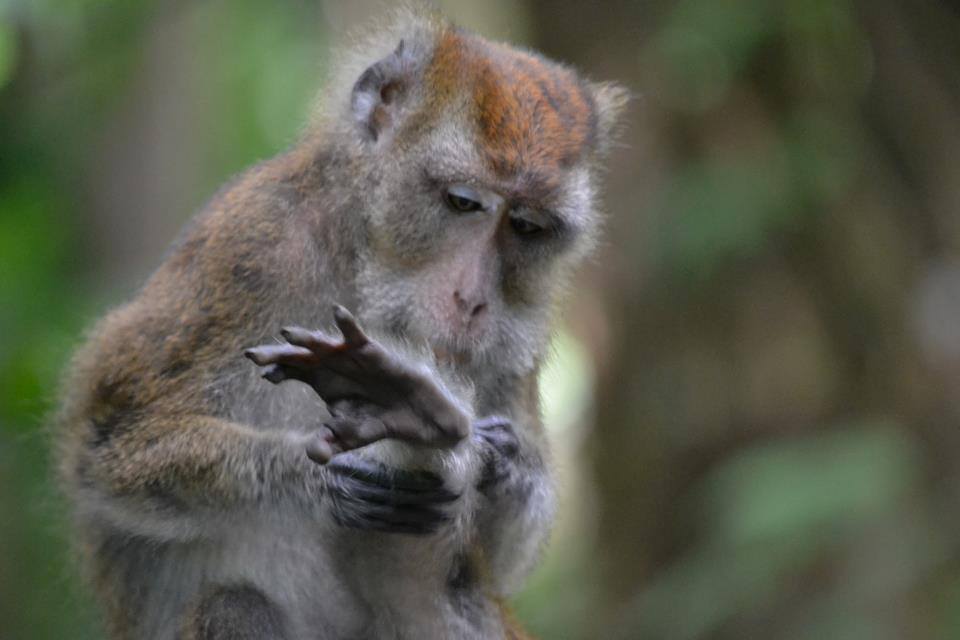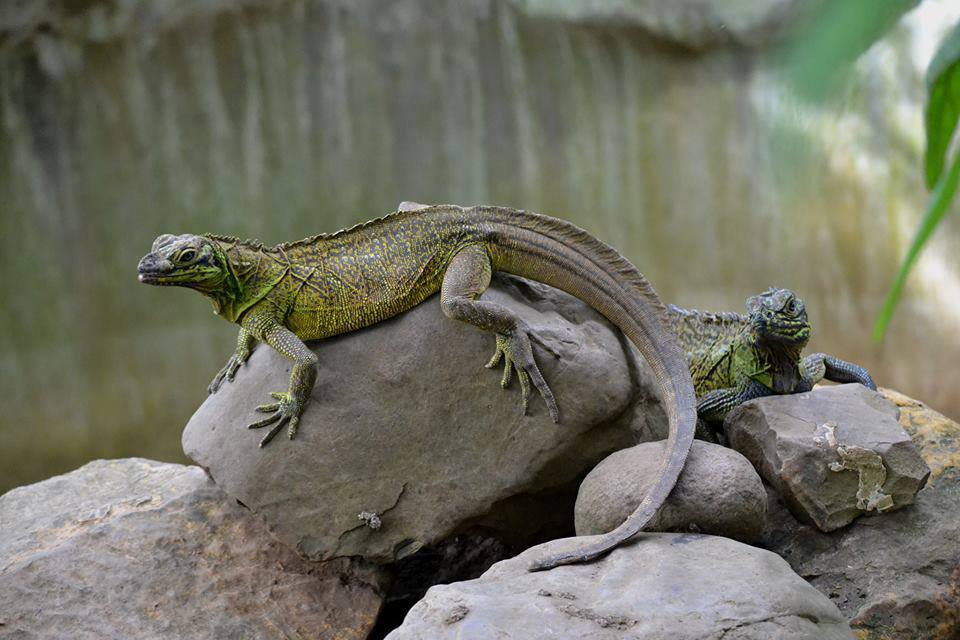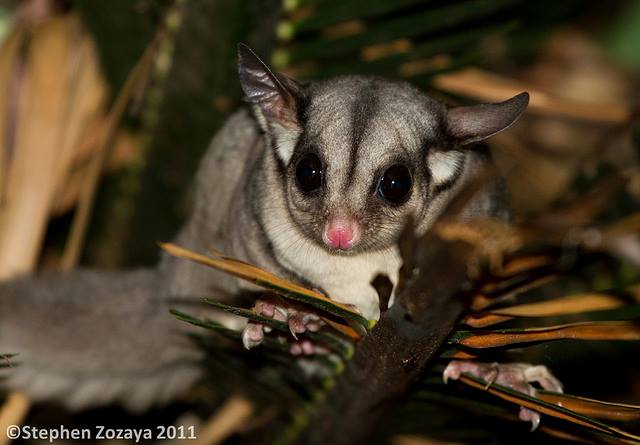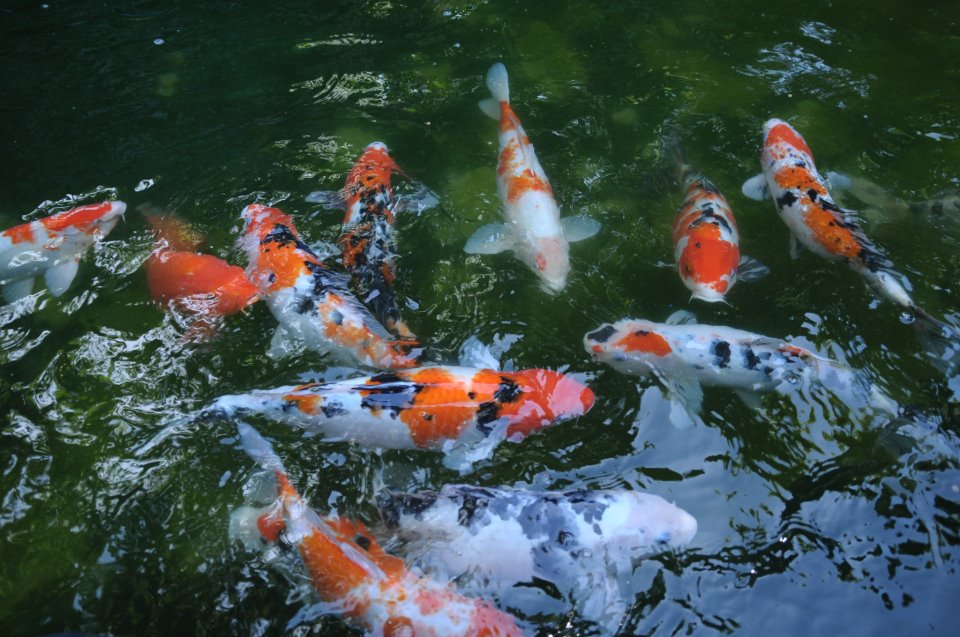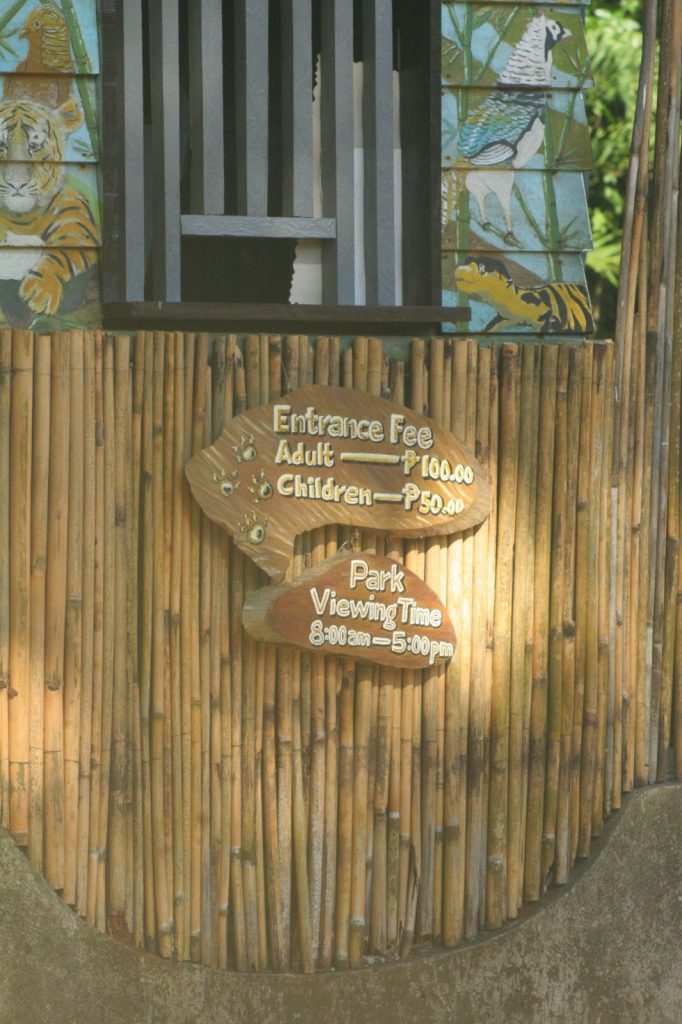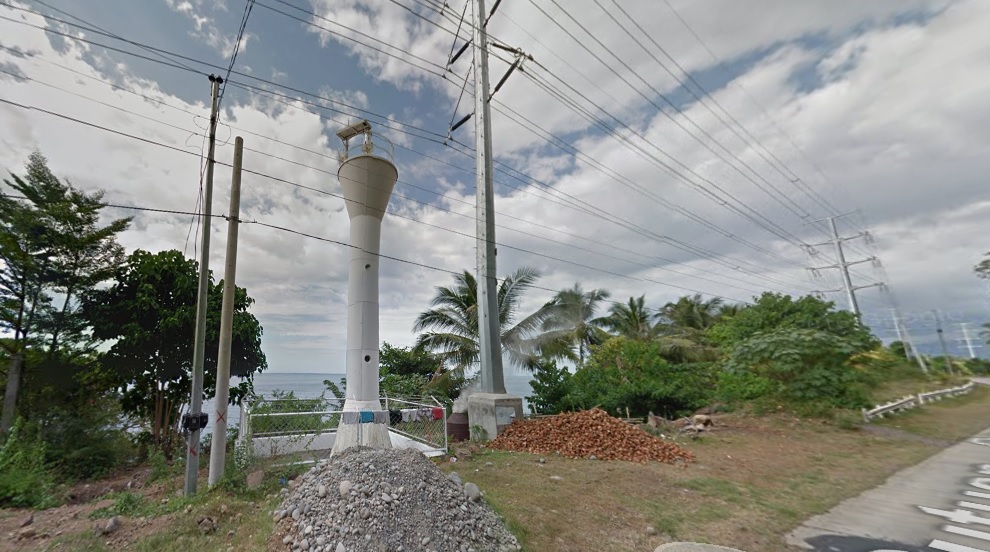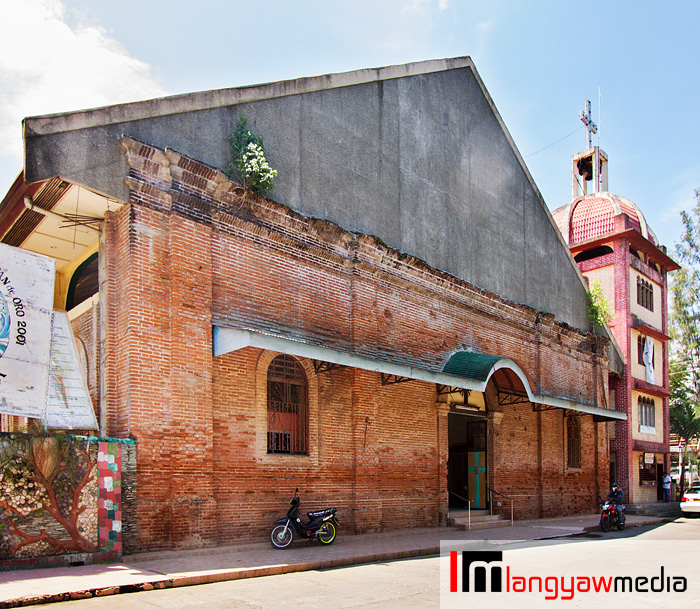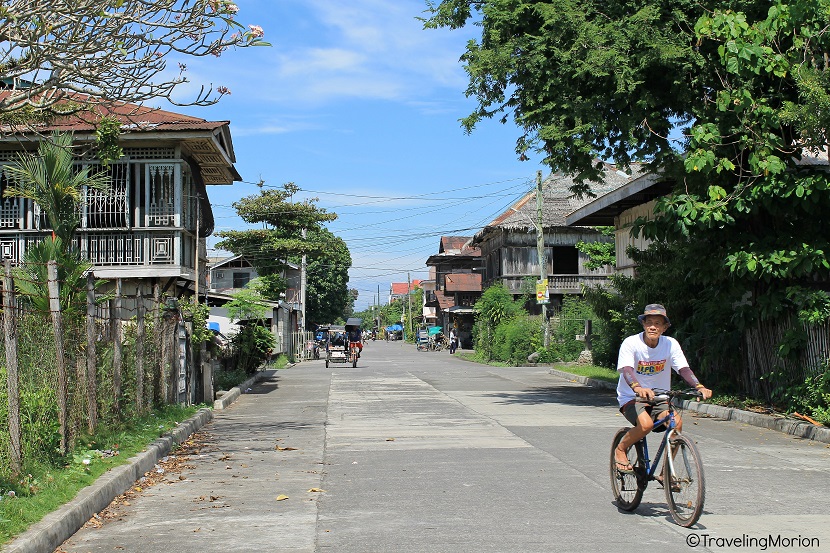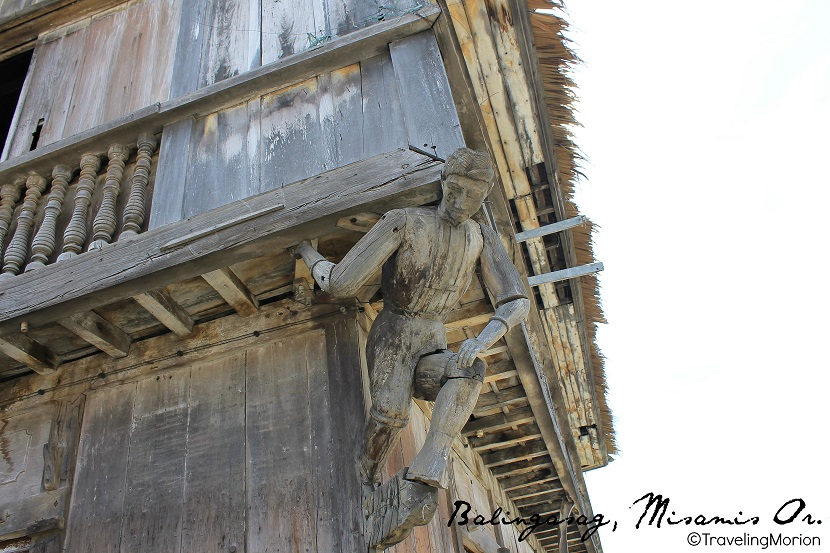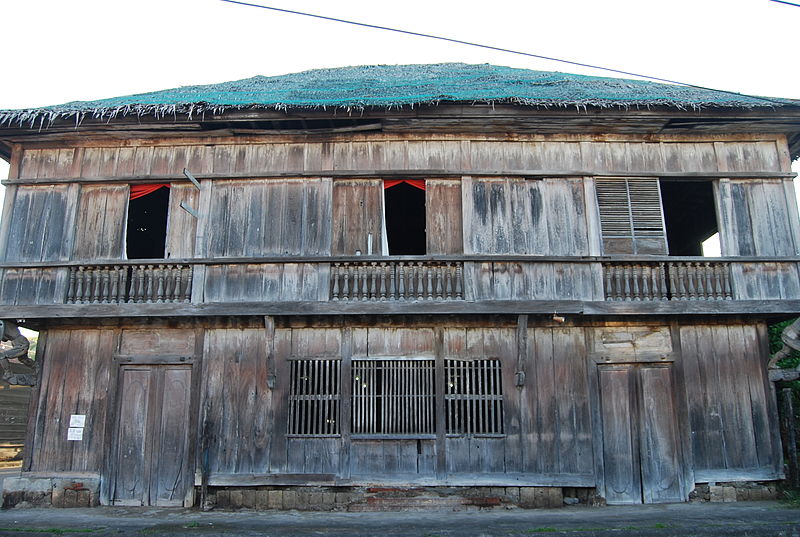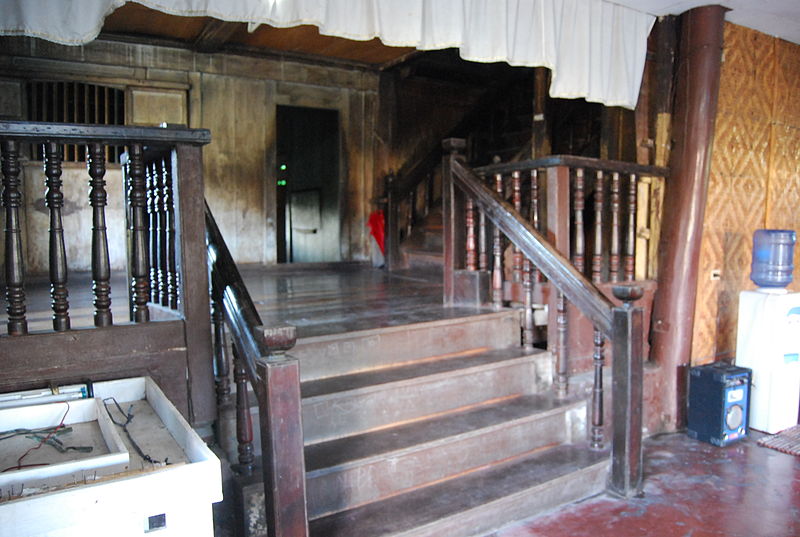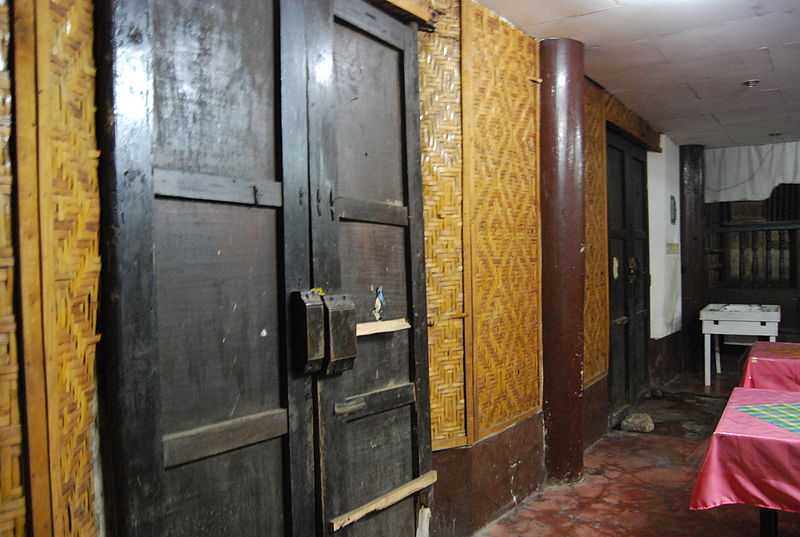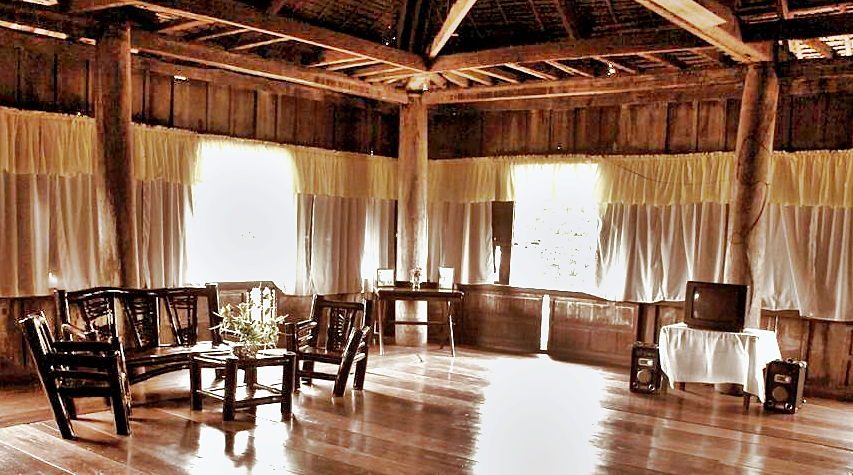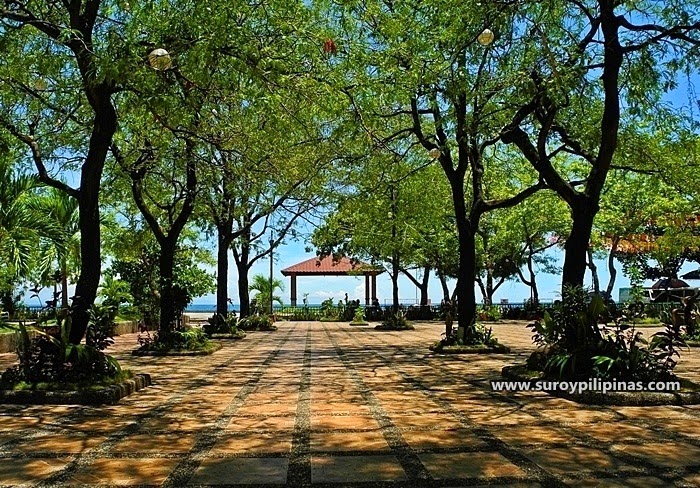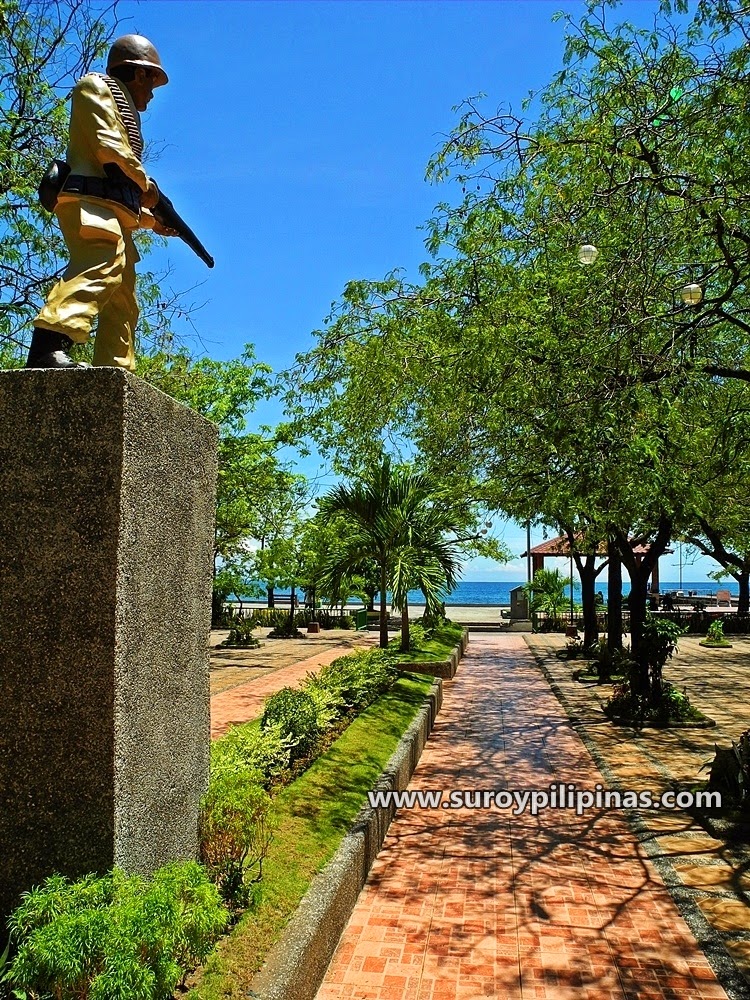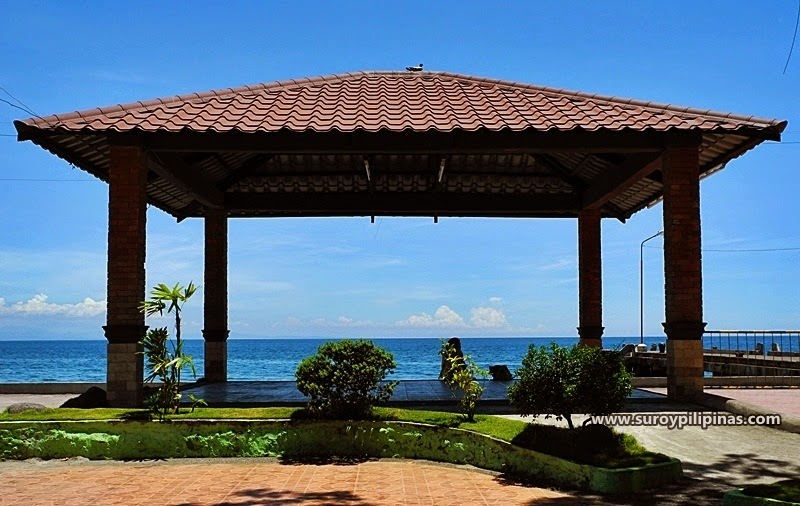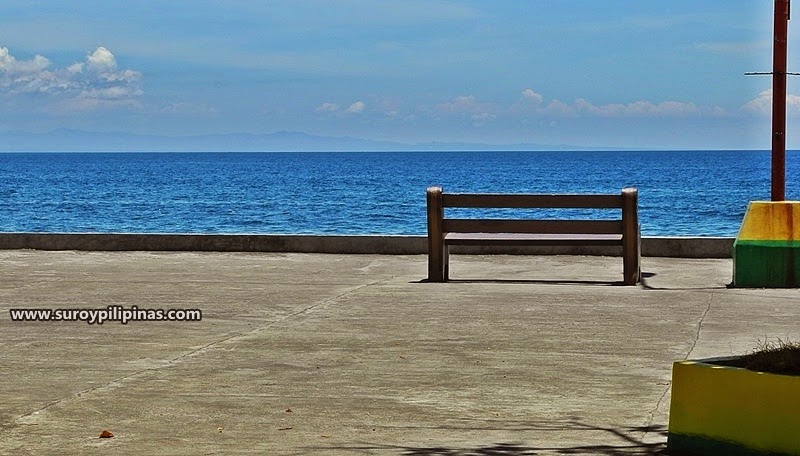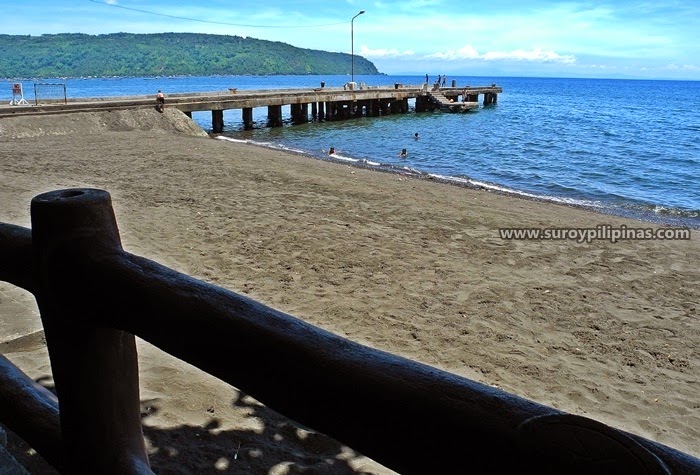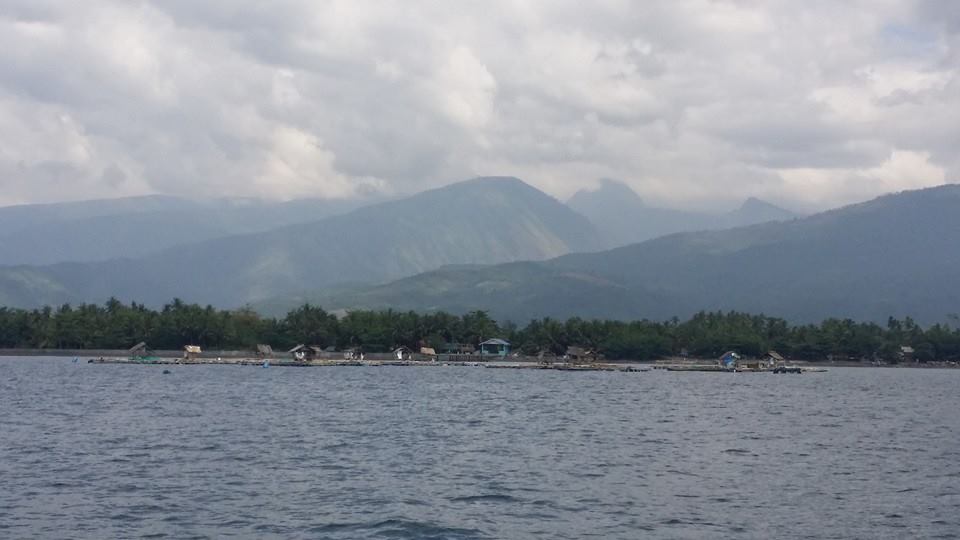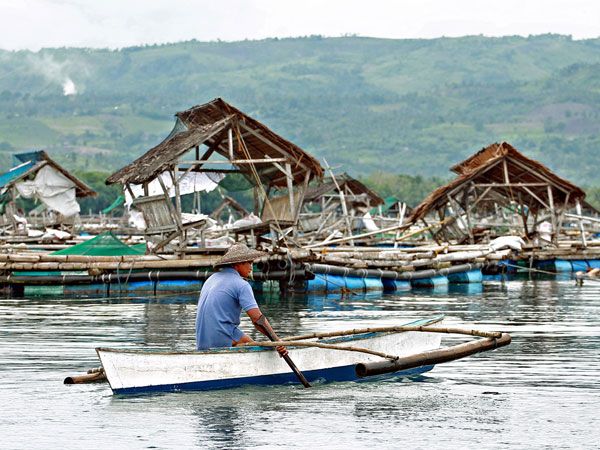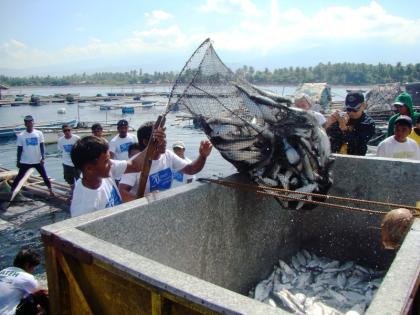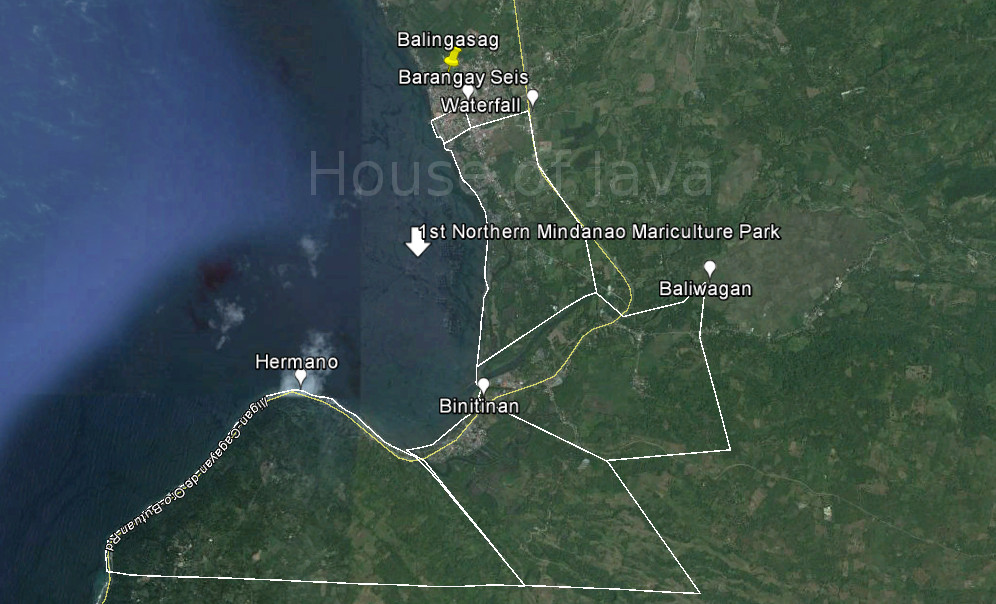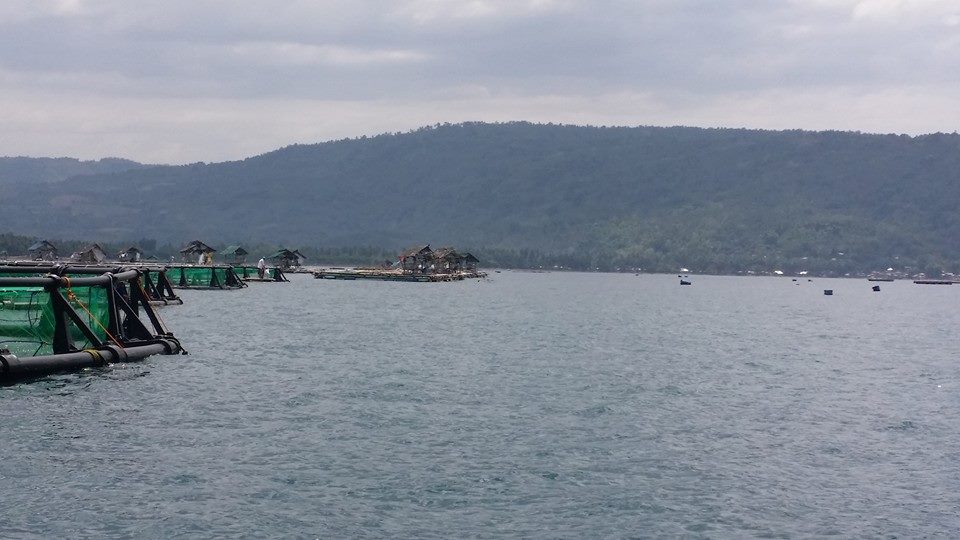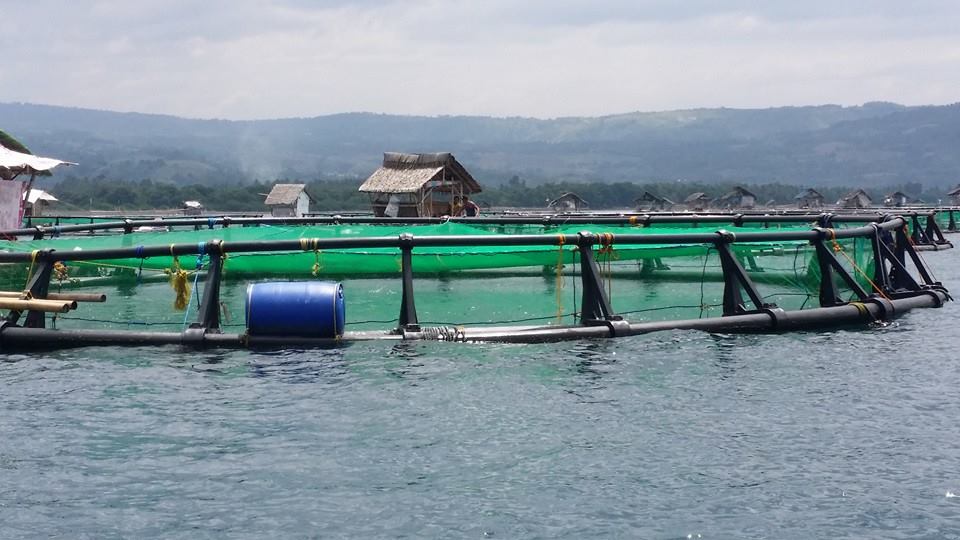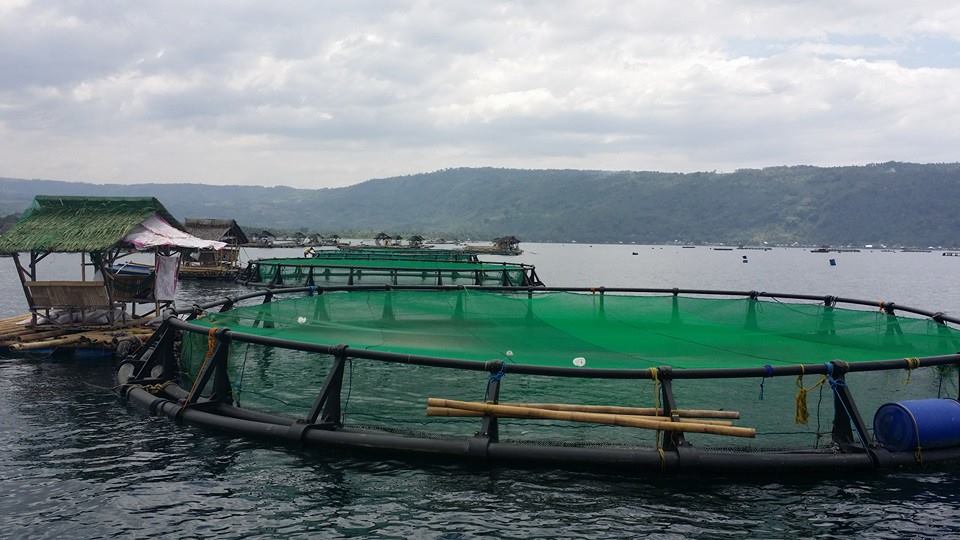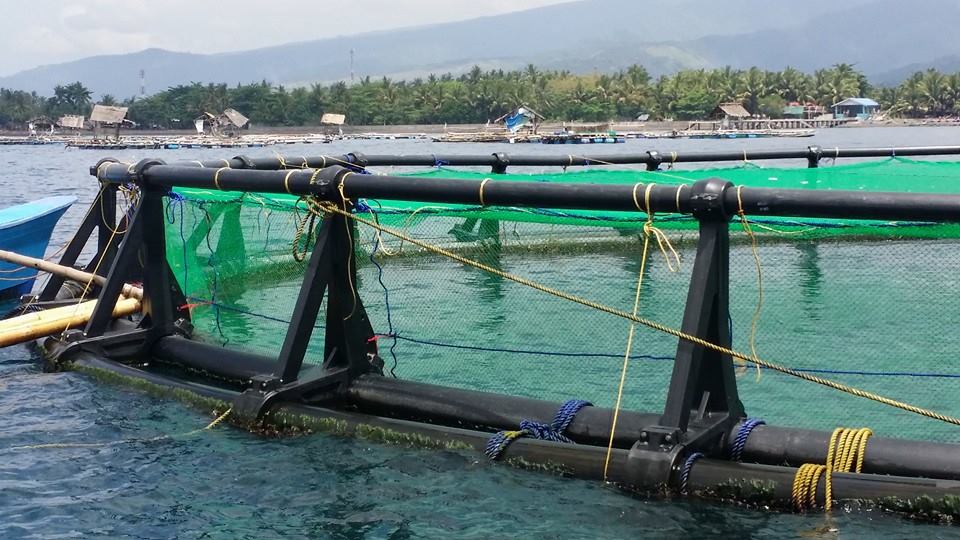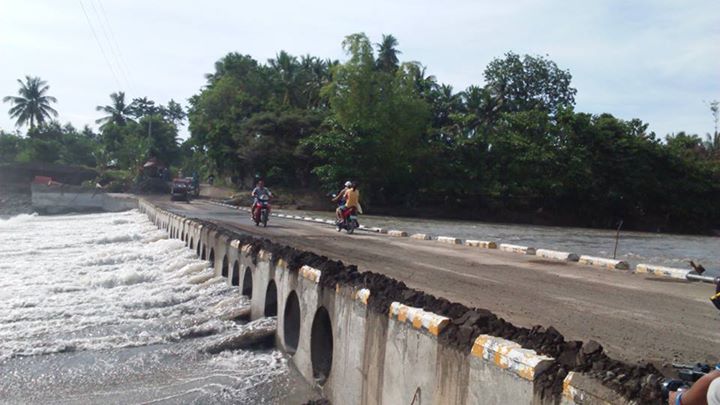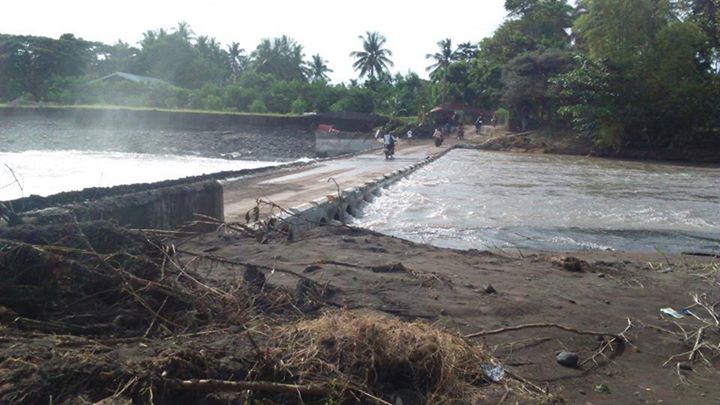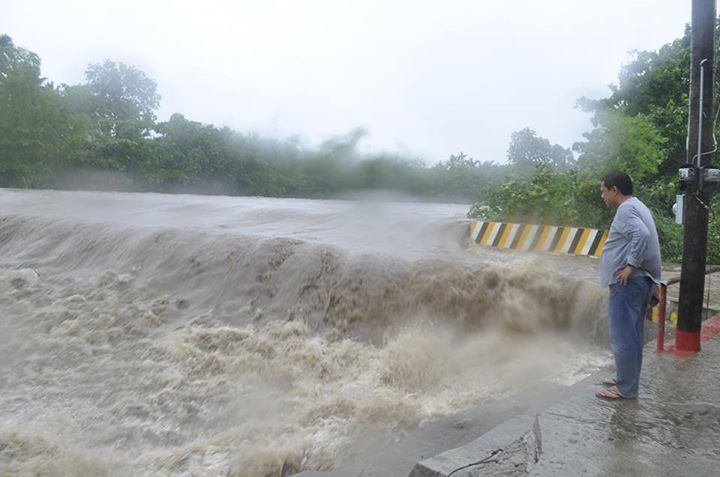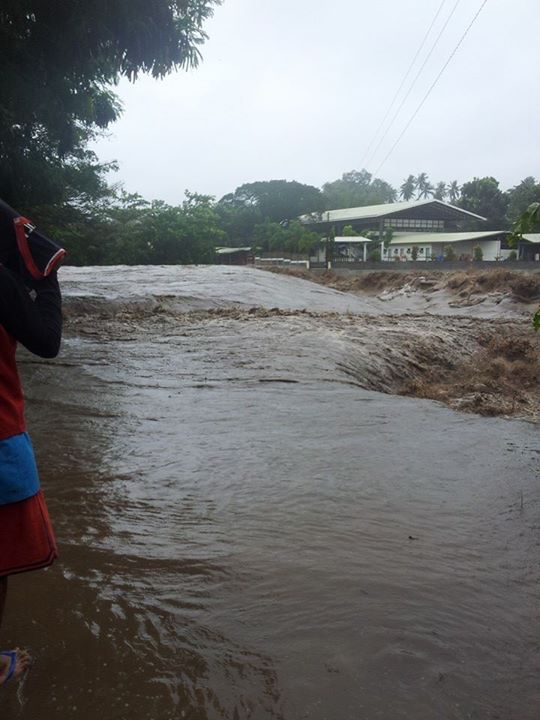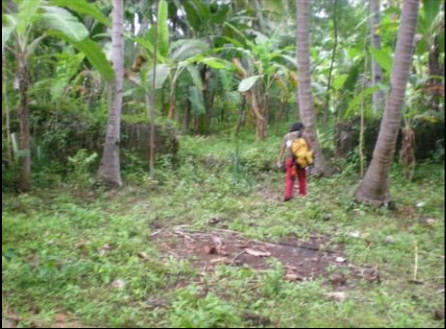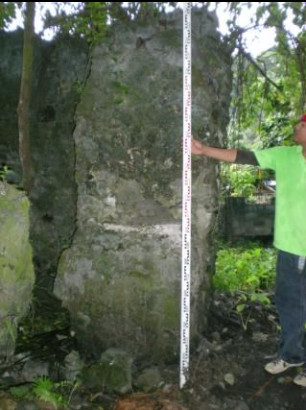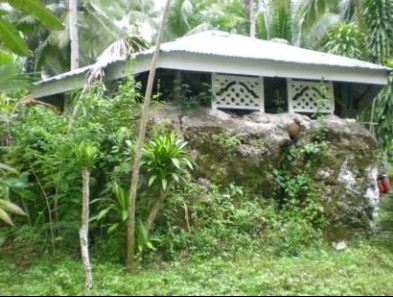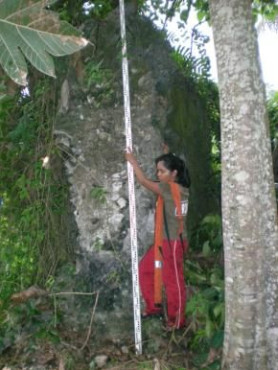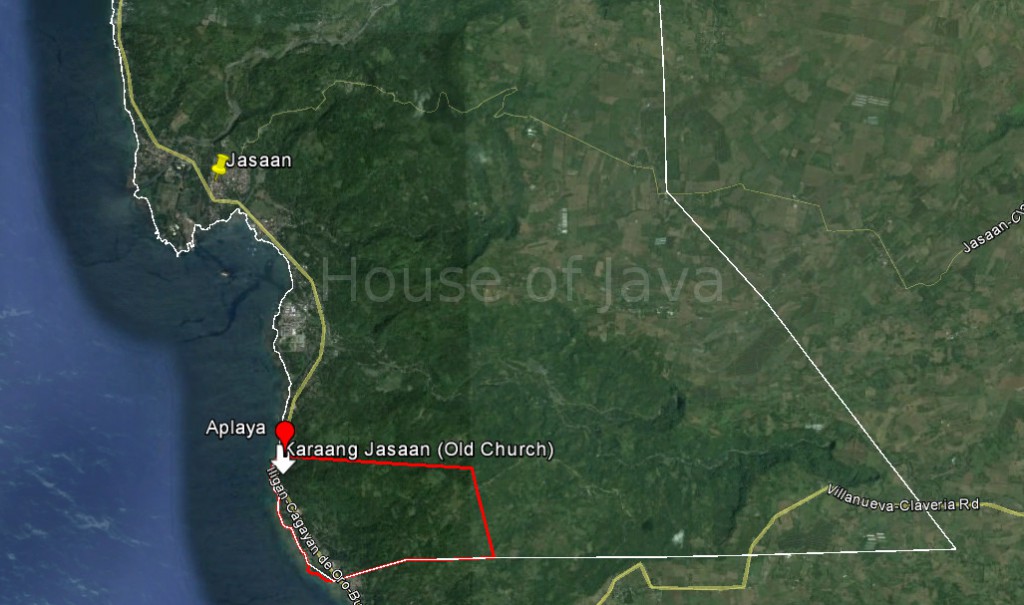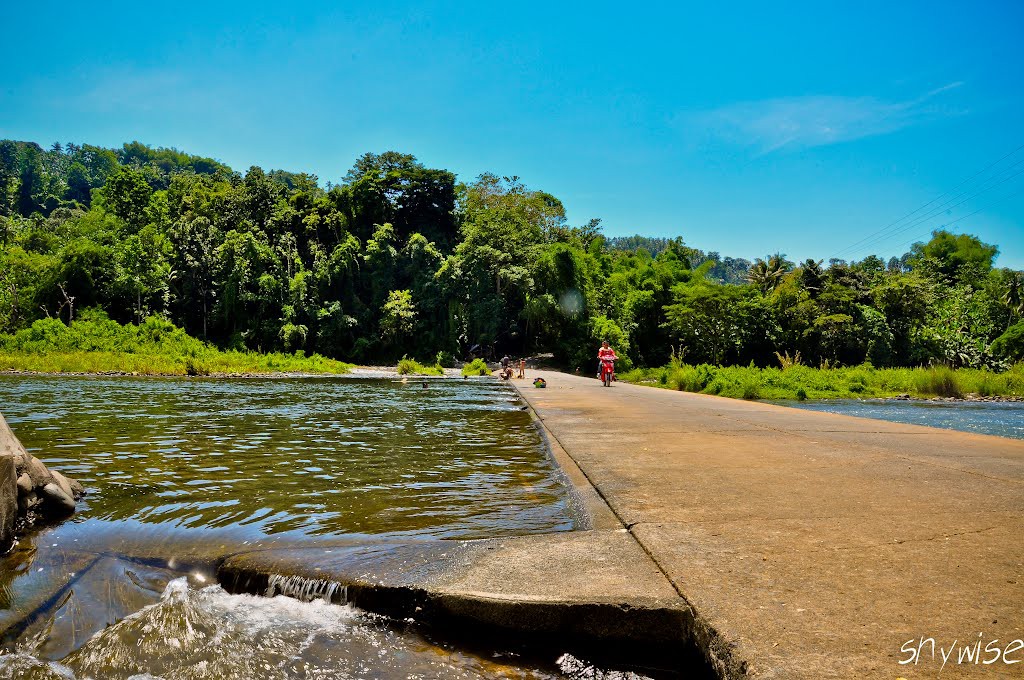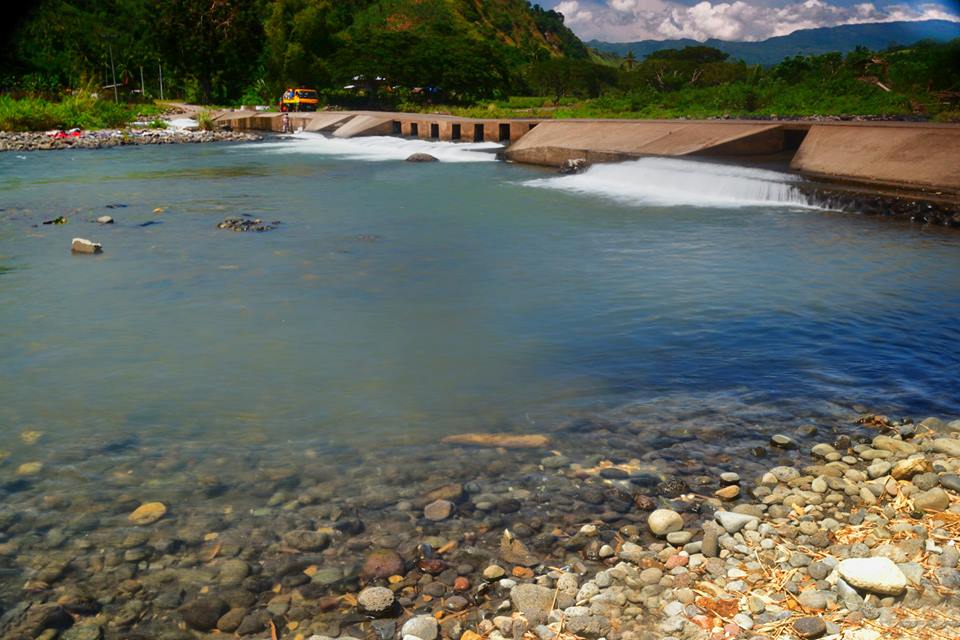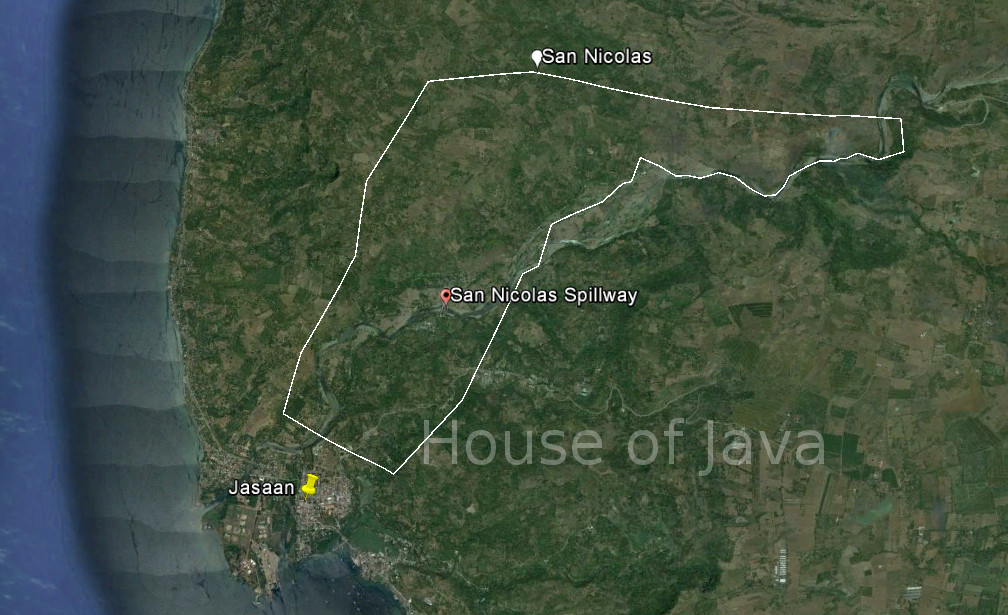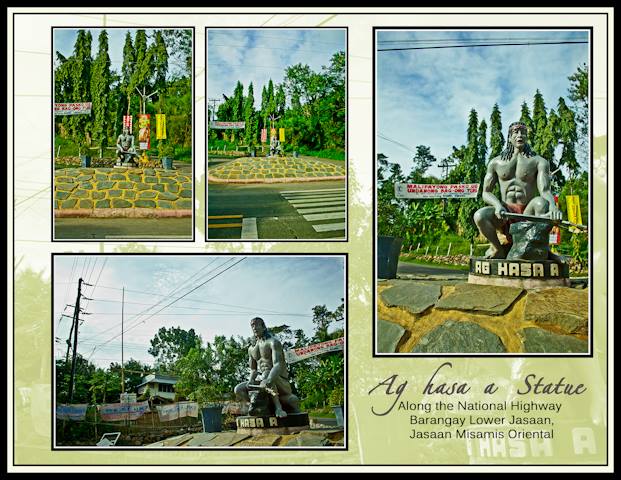
The Legend of Jasaan
How did Jasaan get its name?
Gently rising two hundred feet above sea level, a plateau of about thirty thousand square meters, this place was called Trecina in Aplaya and commanded a panoramic view of what is now known as Macajalar bay.
A native, in his scanty attire of loincloth and headgear yawned widely while witnessing the slowly brightening glow of the morning sun. He wakes up at the first hint of dawn everyday to work on his farm. His thick callous hands confirmed his industriousness.
Spreading out his hands heavenward, like a man about to give homage to his maker, he faced the sea and inhaled the cool and fresh morning breeze. Down at the sea below he saw a small boat making its way to shore.
He gathers the dry sticks and leaves that have accumulated on his farm and piled them up for a bonfire. Smoke billows, carried by the rising air currents. He cannot continue to clear the underbrush this day because his bolo and other tools were rendered dull during his previous hacking. He needed to sharpen his tools.
With the fresh air that his lungs feasted on, he is now ready to begin the day’s work. He takes out his grindstone and starts to sharpen his farm implements.
The sea was smooth as silk. The small sailboat sashayed along the clear waters of Macajalar bay. Still, the wind carried flecks of salt and sprayed them on the faces of the two Spanish missionaries on board the tiny sailboat. They were tasked to see if there were natives living along this stretch of coastline aside from the settlement in Cagayan.
Scanning the shoreline, one of the missionaries saw a wisp of smoke rising out of a hill slightly above the shore in front of them. They headed for the beach and waded on knee-deep seawater.
Heading towards the source of the smoke, they started climbing uphill. Still panting from the climb, they rested when they reached the top and saw about a hundred meters beyond, a native with his back to them doing something. The two priests approached the unknown local man.
“Ola amigo, buenos dias!” (Hello friend, good morning!) One of them greeted the native.
The somewhat little bit startled native looked up and gawked at the tall white-skinned and long robed stranger with a strange language. He continued sharpening his bolo. Beads of sweat glistened on his strong-featured face reflected by the morning sunshine.
Without waiting for the native to answer, one of the priest continued asking, “Como si llama este lugar?” (What is the name of this place?)
The native stopped working and smiled. Thinking that the white-skinned man asked what he was doing, he answered in his native Binukid dialect.
“Ag hasa-a.” (I’m sharpening my bolo.)
“Gracias.” (Thank you.) The priest answered and prepared to leave.
One of the two strangers turned around and informed his companion what he thought was the name of the place that the native had given him.
The native did not understand the question and so gave the wrong answer. The missionary in turn, did not understand the answer, and so erroneously presumed that the answer to his question was correct.
Since the phrase “Ag hasa-a” is practically a tongue twister to foreigners, he mistakenly christened the place “hasa-an”. Since then it has evolved to its present Spanish spelling of “Jasaan”.
It was a classic quirk of language misunderstood. –
By Danilo T. Nacua (Source)

(Source)
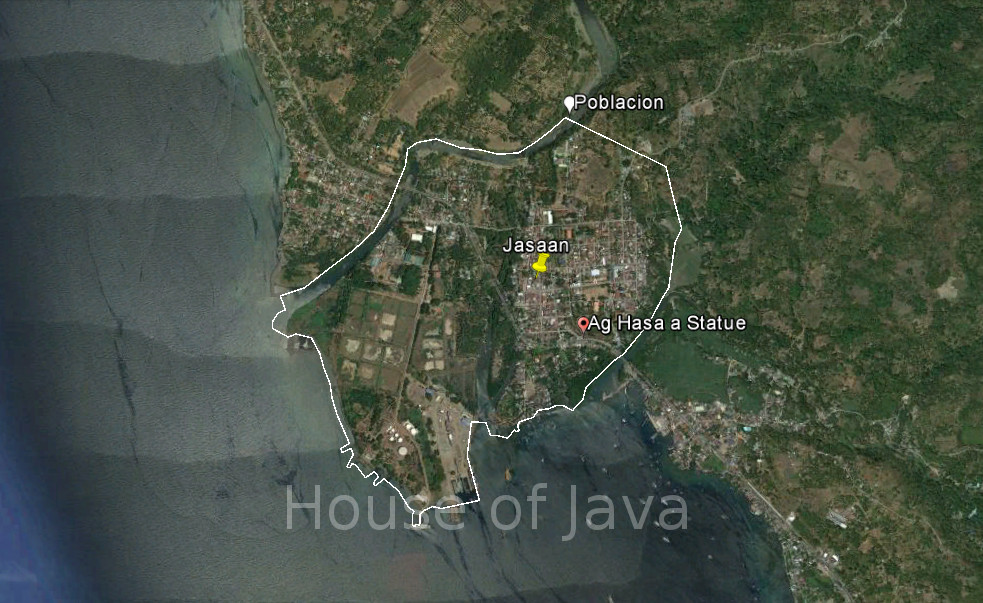
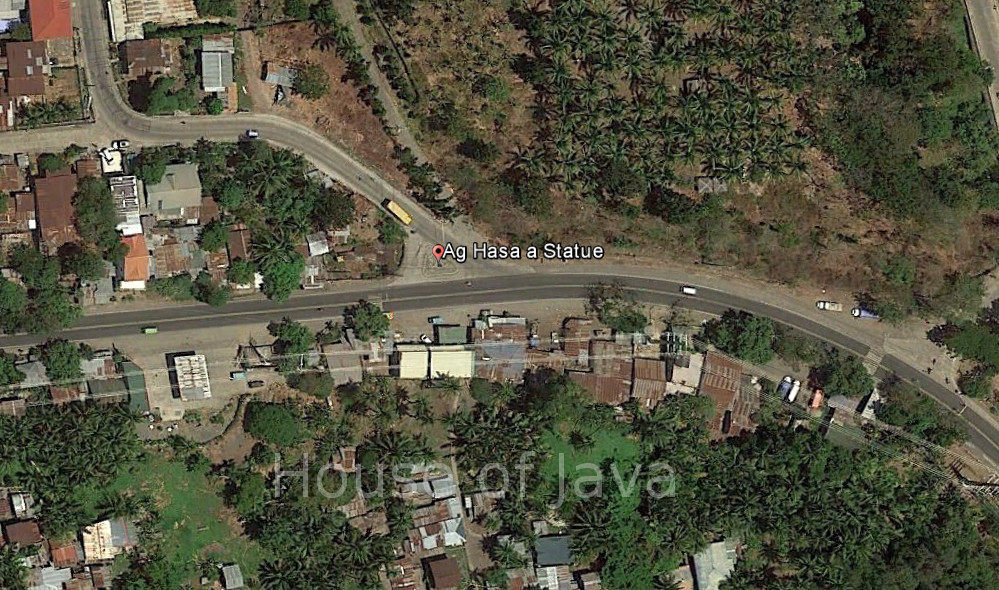
| Website: | no page found |
| Facebook: | no page found |
| Email: | no email found |
| Landline: | no number found |
| |
| Mobile: | no number found |
| |
| City/Municipal: | Jasaan |
| Barangay: | Poblacion |
| Address: | Cagayan – Butuan Hiway |
| Google Map: | Ag Hasa a Statue |
| |
| |

